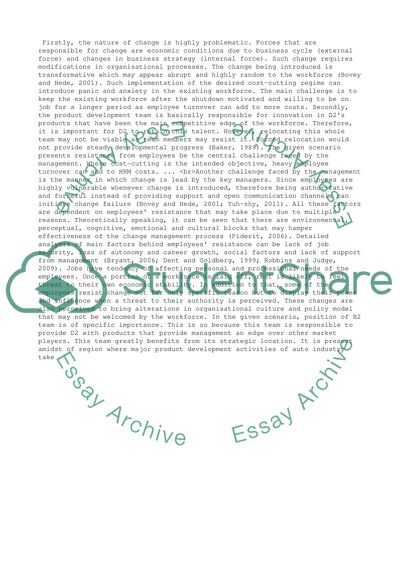Cite this document
(“Organisational change management Essay Example | Topics and Well Written Essays - 3000 words - 1”, n.d.)
Organisational change management Essay Example | Topics and Well Written Essays - 3000 words - 1. Retrieved from https://studentshare.org/business/1477844-organisational-change-management
Organisational change management Essay Example | Topics and Well Written Essays - 3000 words - 1. Retrieved from https://studentshare.org/business/1477844-organisational-change-management
(Organisational Change Management Essay Example | Topics and Well Written Essays - 3000 Words - 1)
Organisational Change Management Essay Example | Topics and Well Written Essays - 3000 Words - 1. https://studentshare.org/business/1477844-organisational-change-management.
Organisational Change Management Essay Example | Topics and Well Written Essays - 3000 Words - 1. https://studentshare.org/business/1477844-organisational-change-management.
“Organisational Change Management Essay Example | Topics and Well Written Essays - 3000 Words - 1”, n.d. https://studentshare.org/business/1477844-organisational-change-management.


